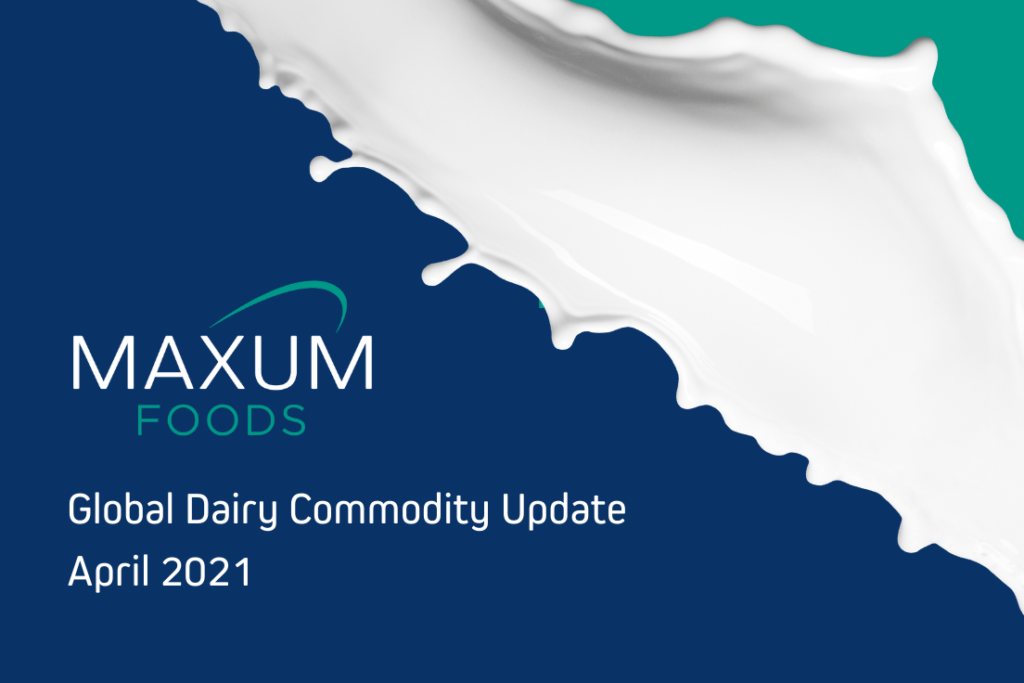The complexity of moving parts affecting the global dairy market outlook has rarely been greater. The world is on a path to a COVID endgame but the timelines for reducing infections to effective “immunity” are varied.
The US and UK are well into rapid inoculation programs that will ensure a steady reopening of the food service trade in coming months. Europe has lost control of infections and a slow vaccine rollout has forced extended but uneven restrictions on movement. Meanwhile major logistics delays have slowed trade from major US and EU ports.
Weather is also varied as the La Nina effect weaken after delivering a cool wet summer to create great seasonal conditions in southern Australia. Cold weather in the EU will ensure a slow start to spring cold, while drought creeps further across the west of the US. Volatile late-season conditions across NZ have brought a late-season lift in milk output, but that can quickly change.
Strong Oceania prices – driven up by China’s dominance of the Global Dairy Trade buying of WMP and butter – will meet some pushback. Demand elsewhere for WMP and fats remains patchy and price-sensitive while SMP is more affordable with the spread of values on offer.
Strong commodity fundamentals are supported however by a firm EU-27 market with slow milk growth bringing tight butter and SMP supplies.
The late season improvements in NZ and Australia won’t alter the global market balance in the short-term but may present opportunities while northern hemisphere logistics remain knotted.
Milk supplies in the US will gradually slow as farm margins weaken. Meanwhile the reopening of eating-out venues will lift cheese demand and tighten butterfat supplies as cream use picks up. US cheddar prices should improve as heavy stocks ease. Volatility in the US is assured on the way out of COVID just as we saw on the way into crisis.
By Dustin Boughton, Procurement Director, Maxum Foods – Your partner in dairy



